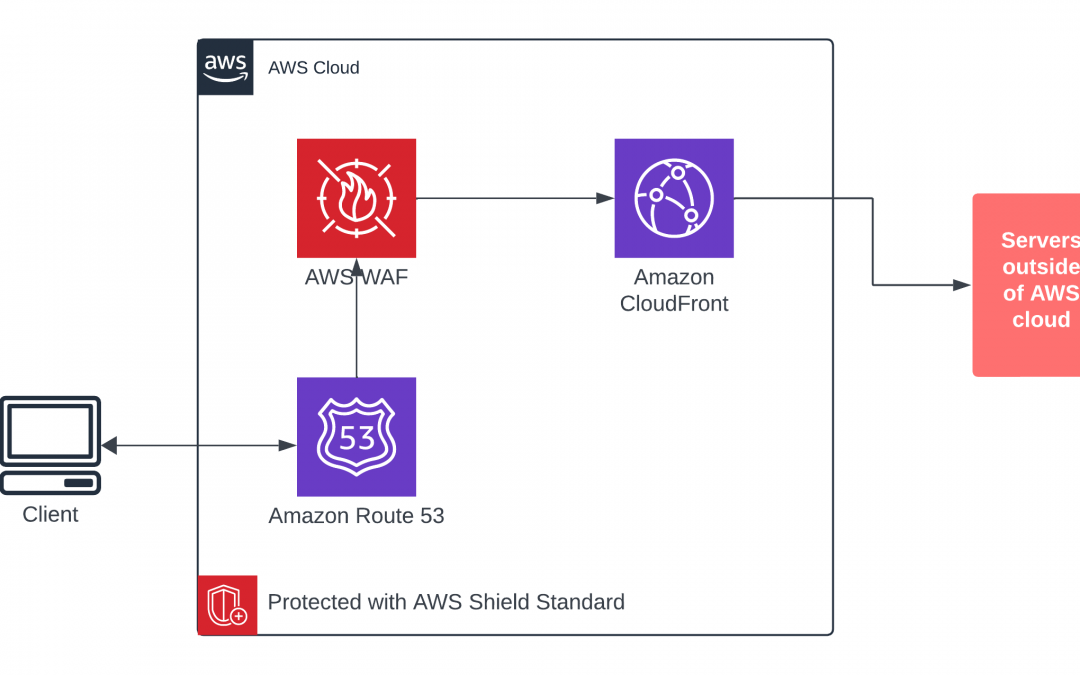Introduction
In the realm of digital transformations, securing web applications is paramount. Among the abundance of solutions available, AWS Web Application Firewall (WAF) stands out due to its robust feature set and seamless integration with other AWS services. This blog aims to elucidate the core features and benefits of AWS WAF, demonstrating its efficacy in bolstering web security.
Main components
The main components of AWS WAF include the following:
- Rules: AWS WAF allows you to create rules that define the types of traffic you want to allow or block from reaching your web applications. You can create rules based on various conditions such as IP addresses, HTTP headers, URI strings, and HTTP body content.
- Managed Rule Groups: AWS WAF provides pre-built managed rule groups that offer protection against common web attacks such as SQL injection, cross-site scripting (XSS), and more. These rule groups are created and maintained by AWS and updated regularly to ensure they provide up-to-date protection against the latest threats.
- Web ACLs: AWS WAF uses web ACLs (Web Access Control Lists) to group together rules that you can then apply to one or more web applications. Web ACLs allow you to apply a set of rules across multiple web applications, making it easier to manage and apply security policies consistently.
Core Features of AWS WAF
1. Custom Security Rules
AWS WAF empowers organizations to create custom security rules tailored to their specific security needs. This includes controlling bot traffic and thwarting common web attack vectors such as SQL injection and Cross-Site Scripting .
2. Web Access Control Lists (Web ACLs)
Web ACLs are a core feature of AWS WAF, allowing for the configuration of rules known as web access control lists. These rules can be set to allow, block, or count web requests based on various conditions, providing a granular level of control over web traffic.
3. Integration with AWS Services
AWS WAF is engineered to integrate seamlessly with a multitude of AWS services including Amazon CloudFront, Application Load Balancer, and Amazon API Gateway. This integration fortifies web applications by providing a holistic security perimeter.
Benefits of Using AWS WAF
1. Enhanced Security
AWS WAF is instrumental in shielding web applications from common web exploits, thus safeguarding application availability and security integrity.
2. Traffic Filtering
By filtering web traffic based on conditions like IP addresses, HTTP headers, and custom URIs, AWS WAF helps in effectively managing web traffic and ensuring only legitimate requests are processed.
3. Automated Rule Management
The capability to automate rule management through APIs is a standout feature of AWS WAF, simplifying the process of maintaining security rules and ensuring a robust security posture.
4. Ease of deployment and maintenance
AWS WAF is easy to deploy and protects application(s) deployed on either Amazon CloudFront, the Application Load Balancer, or Amazon API Gateway. There is no additional software to deploy, DNS configuration, or SSL/TLS certificate to manage.
Conclusion
AWS WAF is a formidable asset in any organization’s web security arsenal. Its robust features and benefits underscore its value in safeguarding web applications against an array of threats. Readers are encouraged to delve deeper into AWS WAF and consider it as a viable solution for their web security needs.
 Finland
Finland Bangladesh
Bangladesh
